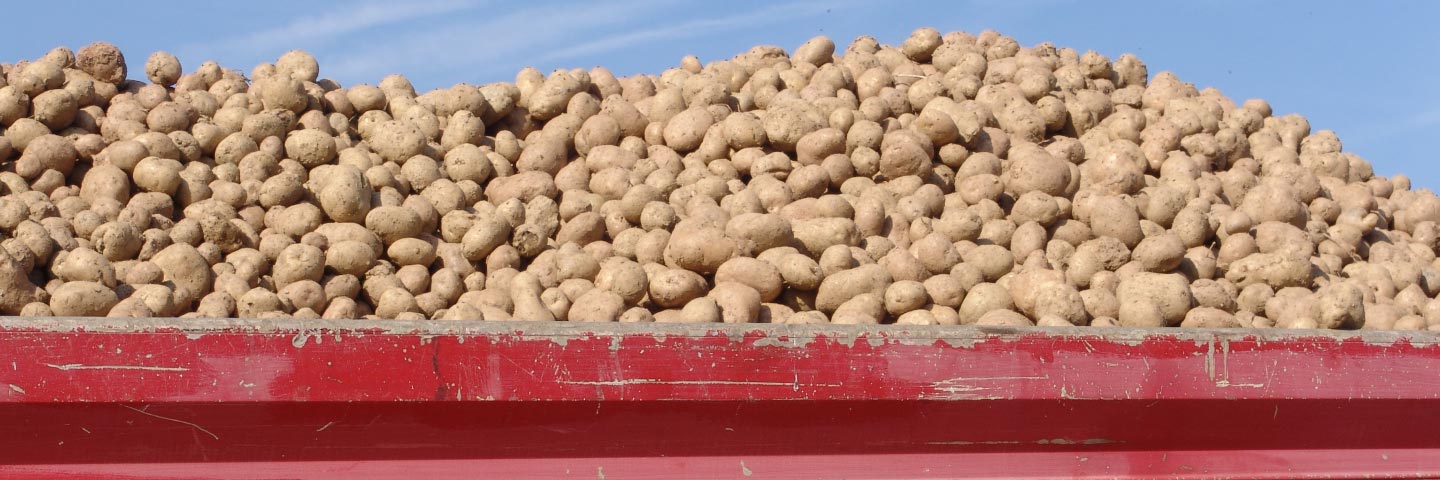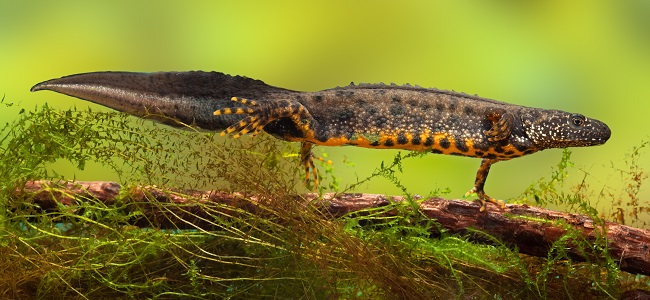
Visit our other sites
-
Fapas - Proficiency Testing
Globally recognised provider of proficiency tests, running over 400 tests annually across an extensive range of matrices and analytes
-
Great Crested Newts Testing
A single sample taken by an ecologist at any time during the newt breeding season can determine their presence or absence, saving you time and money
While we need to intensify our agri-food systems to meet the challenge of a growing population, we must do so in a way that has less impact on our environment and is more resilient to climate change.

To achieve this, we need to increase sustainability, which means reducing waste, pollution and our reliance on non-renewable resources, whilst improving biodiversity.
Insect protein in animal feed
Insects offer a promising alternative to conventional protein sources for animal feed for fish and monogastric animals (poultry and pigs) as they are rich in protein. Depending on the insect species, protein levels can be up to 63% on a dry matter basis.
The process that is used to rear the insects as a source of protein can also provide other products such as fats/oils and chitin. The fats/oils can be used in animal feed or for other industrial processes. Chitin is another high value product with multiple uses that could, if technically and economically viable, be a product of the insect production process. Depending on the insect species used, there is also potential for the production of novel antimicrobials, but this area is at an early stage of research.
Fera has been involved in two projects to investigate the potential of insects as a source of protein in animal feed. The first of these was funded by Innovate UK with AB Agri as the lead industry partner. The second was funded by the European Commission under the 7th Framework Programme. This project, known as PROteINSECT, was coordinated by Fera with 11 additional partners from across Europe, Africa (Ghana and Mali) and China. Fera has conducted research on insect rearing systems using its expertise in entomology and on the nutritional profile and safety of the insect protein and meat and fish from animals fed on a diet containing insect protein.
Want to know more about Eating Insects - New Proteins for Farm Animals - Watch the latest video
Our innovation - sustainable source of protein in animal feed
The principal sources of protein for animal feed are currently soya and fishmeal. However, as the world population increases and meat consumption becomes more widespread, there is an urgent need to identify and exploit novel sources of protein for inclusion in animal feed. Insects offer a promising alternative to conventional protein sources for fish and monogastric animals. Fly species are the most extensively researched insect order for mass production and utilisation as animal feed. Furthermore, they can utilise a wide range of organic waste substrates offering the potential for low economic and environmental costs for production.
Future Feed
Insects: A Sustainable Solution
Dr Adrian Charlton speaks about insect research here at Fera, and the potential they have to be the next big thing for animal feed due to their levels of protein and rate of harvesting.
What we do:
Environmental monitoring
Develop novel approaches to integrate traditional survey methods with technology-driven innovations, to enhance environmental monitoring.
Environmental Safety Assessment
Provide leading-edge capabilities for assessing the environmental safety of chemicals to help minimise their impact on the wider environment.


Innovative Solutions
Create new solutions (including eDNA, aquatic ecotoxicology and hi-resolution analytical methods) for monitoring pollution, contamination and biodiversity in aquatic environments to address resource challenges facing water in the agri-food chain.
Reduce losses
Help to reduce pre- and post-harvest losses caused by spoilage and contamination, including finding alternative uses for agri-food waste to minimise its environmental impact and maximise its economic value.
Download our information sheet on sustainable agri-food systems:
Read more: download the information sheet

Copyright © 2025 Fera Science Limited (“Fera”). All rights reserved.
For further information about how Fera uses any personal data collected from you, please see our Privacy Notice at www.fera.co.uk/privacy-policy.


